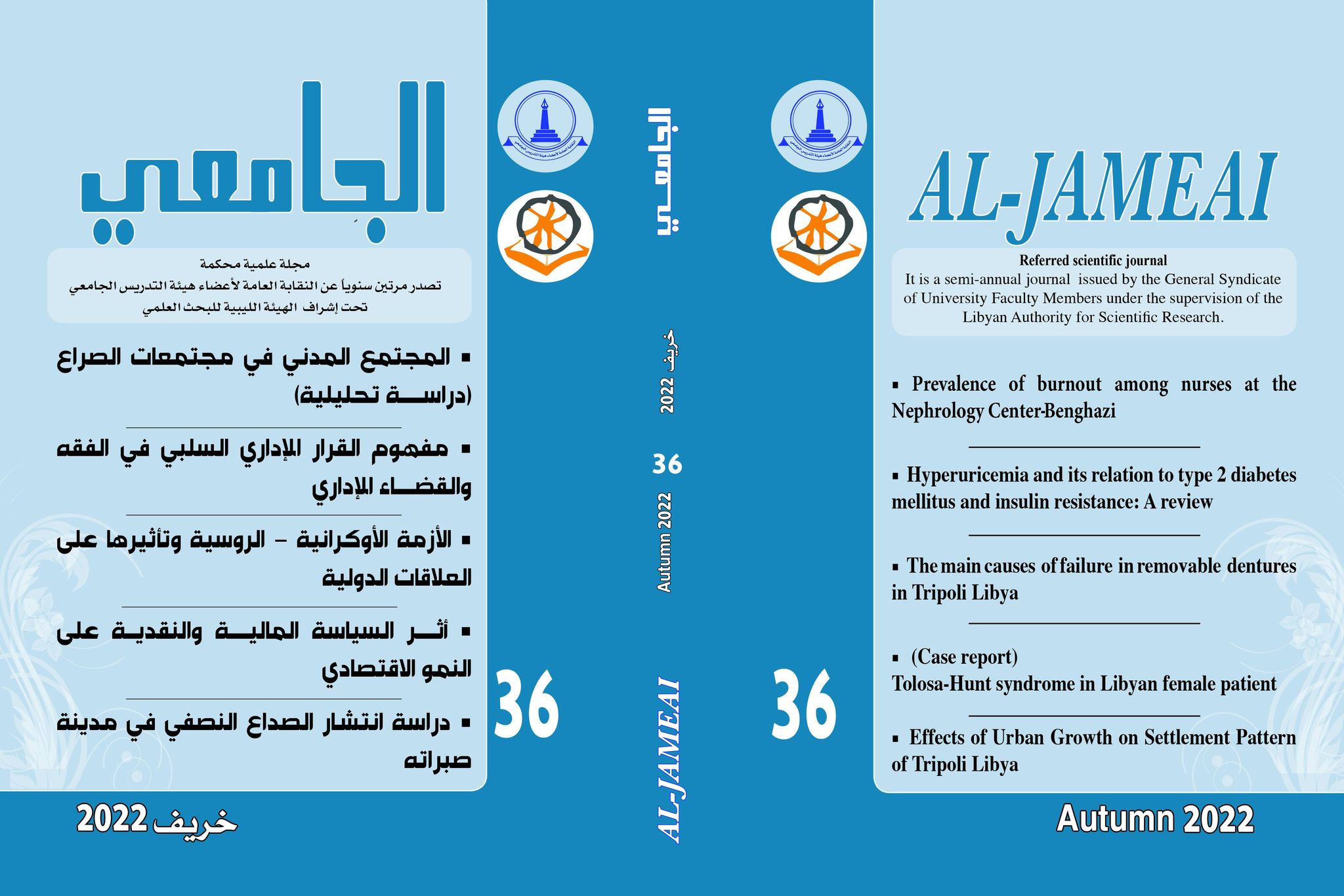الاقتباس والتضمين (التناص) في رسالة أبي عبدالله الصغير
الموسومة بـ (الروض العاطر الأنفاس في التوسل إلى المولى سلطان فاس)
Abstract
المستخلص:
تتناول هذه الدراسة ظاهرتي الاقتباس والتضمين في رسالة أبي عبدالله الصغير التي بعث بها إلى سلطان المغرب، والموسومة بـ"الروض العاطر الأنفاس في التوسل إلى المولى الإمام سلطان فاس"، وهي من إنشاء كاتبه أبي عبدالله العقيلي، وموضوع الرسالة الذي من أجله أُنشئت هو الدفاع عن السلطان أبي عبدالله الصغير وتبرئته من تهم الكفر والإلحاد والتواطؤ مع النصارى، وبيع البلاد لهم مقابل بعض المنح والامتيازات الشخصية، ومحاولة إقناع سلطان المغرب، بأنّ كل ما حدث بغرناطة مرده إلى القضاء والقدر، فما شاء الله كان وما لم يشأ لم يكن، وقد وجد الكاتب في الاقتباس من القرآن الكريم والسنّة النبوية خير معين على تأكيد معانيه وأفكاره، كذلك كشفت نماذج التضمين في رسالته عن قدرة كاتبها على الإفادة من تجارب الشعراء السابقين، فهو لم يخرج بها عن السياق الذي قيلت فيه، لذلك جاءت متناسقة مع سياق الرسالة تناسقًا تامًا، كما نجح في توظيف الأمثال والأقوال المأثورة والأحداث التاريخية لدعم كلامه وتعزيز الأفكار التي يلقيها لإقناع المرسل إليه.
Abstract:
This study deals with the phenomena of quotation and implication in the letter of Abi Abdullah Al-Saghir, which he sent to the Sultan of Morocco, which is titled “Al-Rawd Al-Atir Al-Nafas fi Tawassul to the Master, the Imam Sultan of Fez.” It was created by its writer, Abi Abdullah Al-Aqili. Morocco and the defense of the young and his acquittal of charges of blasphemy and atheism and collusion with the Christians and selling the country to them in exchange for some grants and personal privileges, and trying to convince him that everything that happened in Granada is due to the judiciary and fate, so what God willed was and what he did not want was not, and the writer was found in quoting from the Qur’an The Noble Qur’an and the Prophet’s Sunnah are a good helper in emphasizing its meanings and ideas. The inclusion models in his letter also revealed the ability of its writer to benefit from the experiences of previous poets, as he did not deviate from the context in which it was said, so it came in complete harmony with the context of the message, as he succeeded in employing proverbs. And aphorisms and historical events to support his words and reinforce the ideas he delivers to convince the addressee.
Downloads









